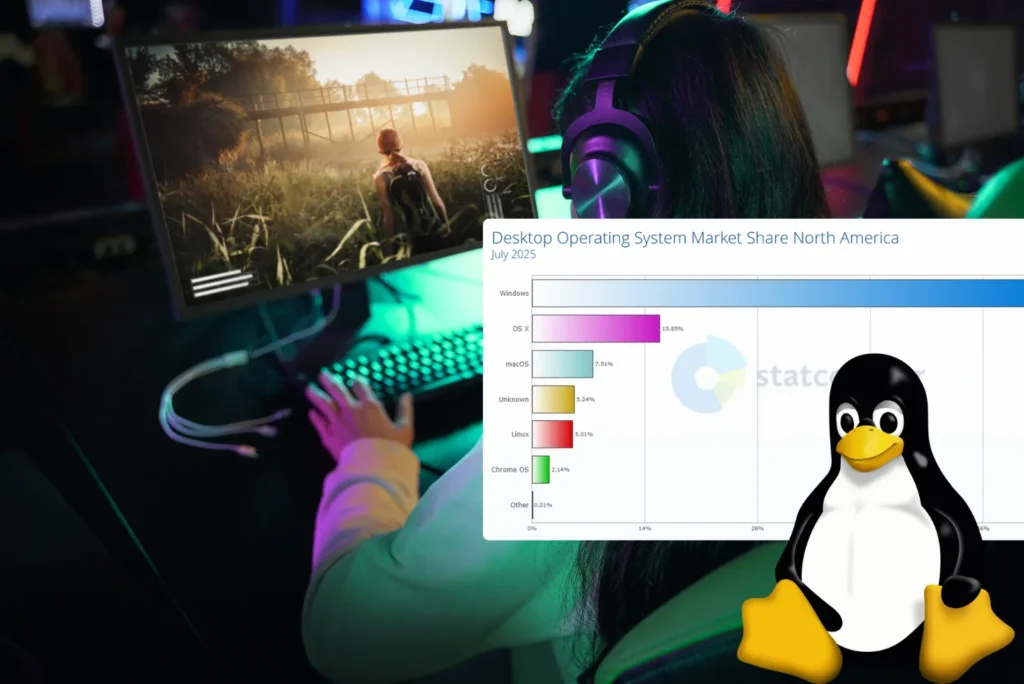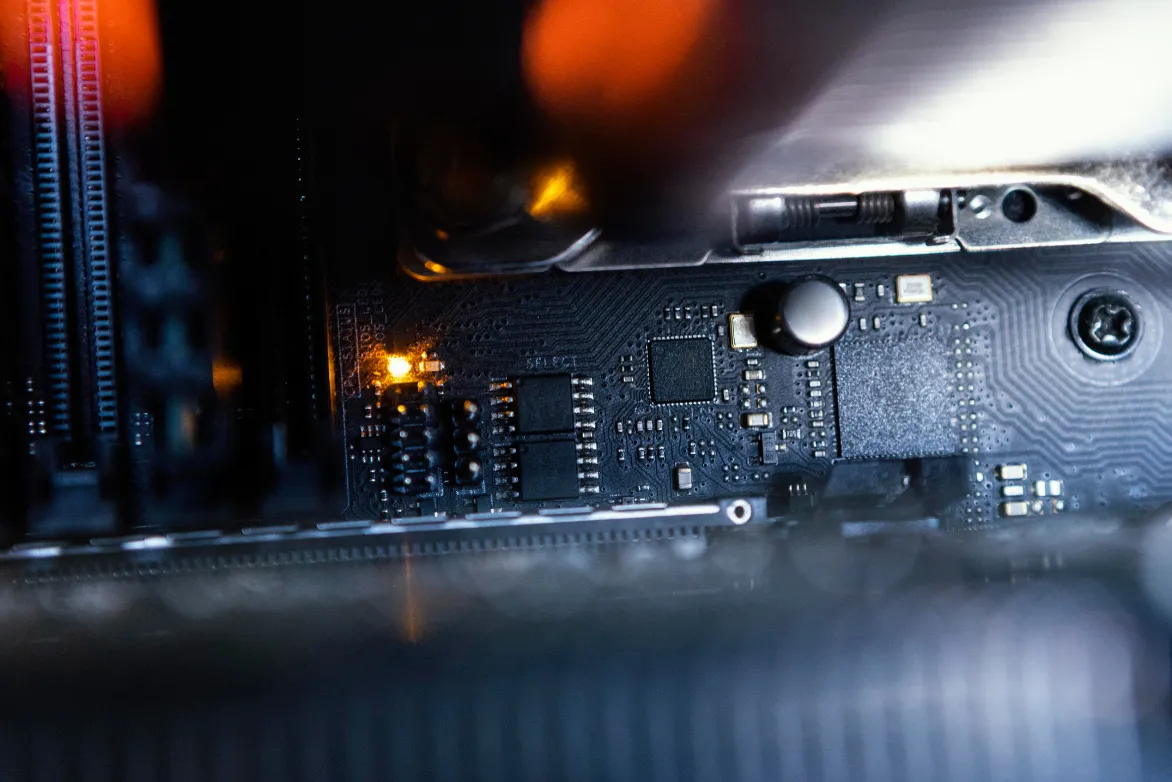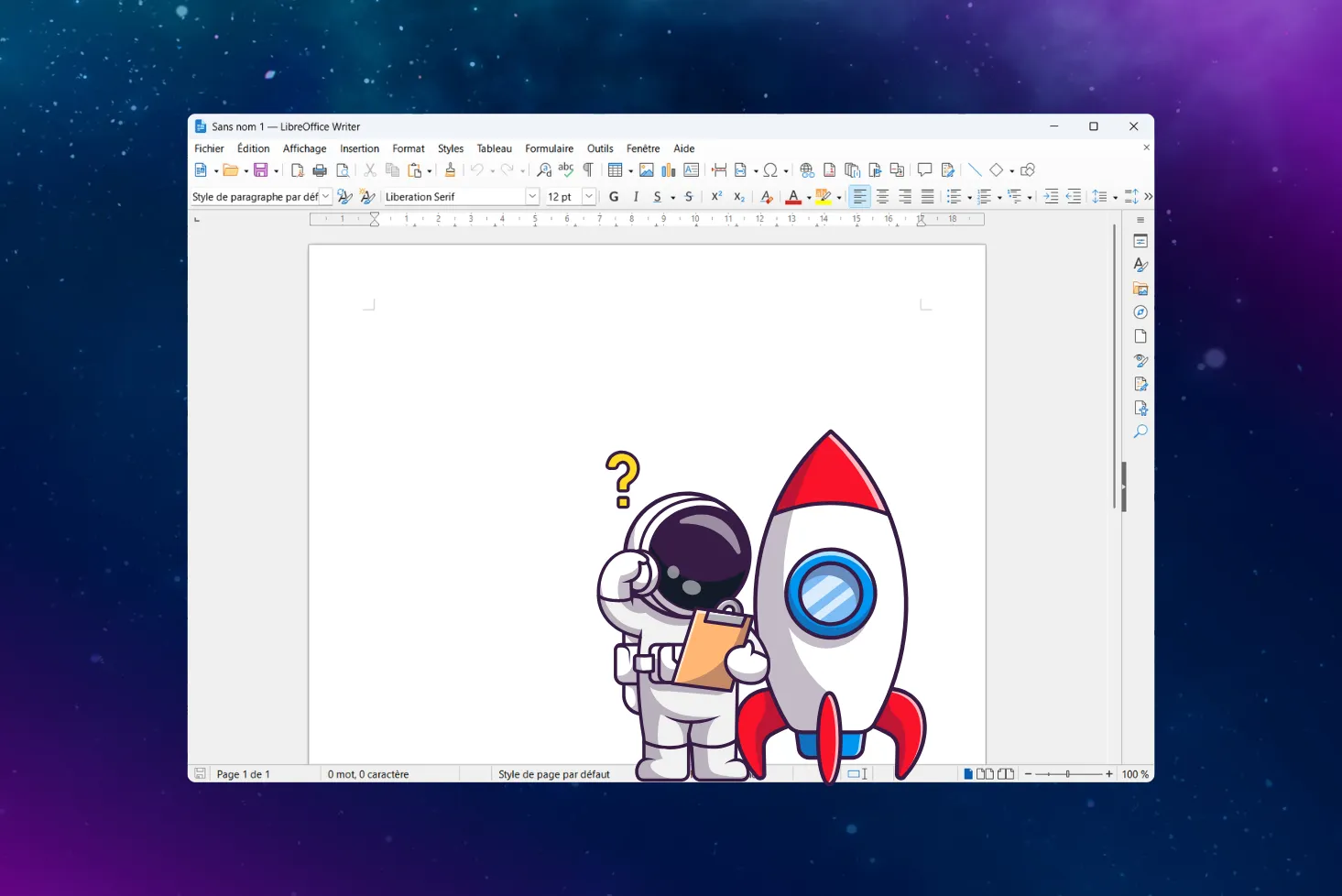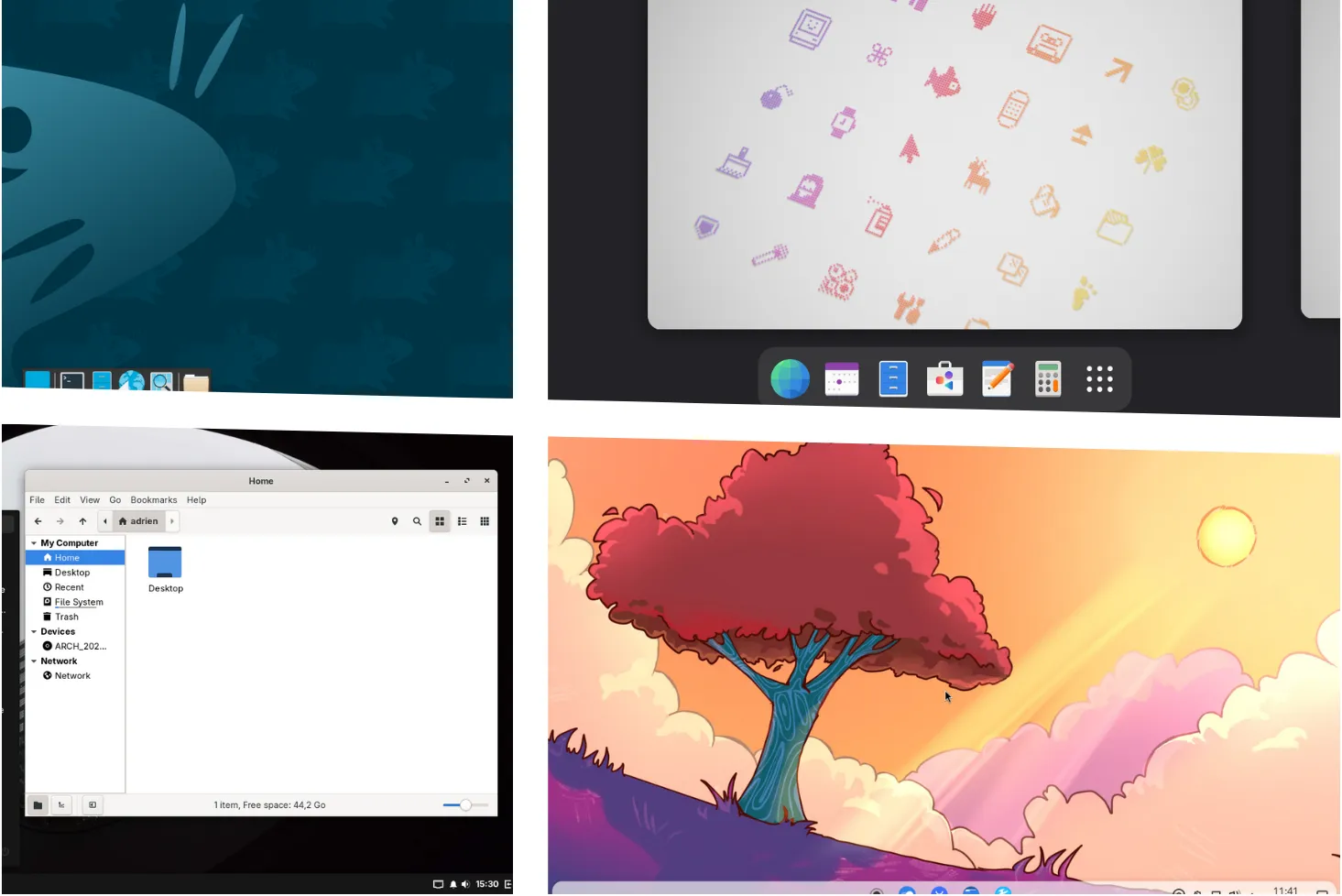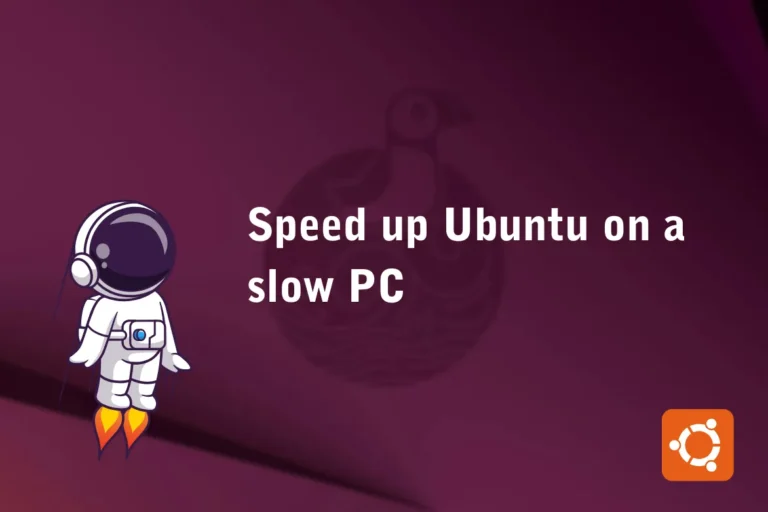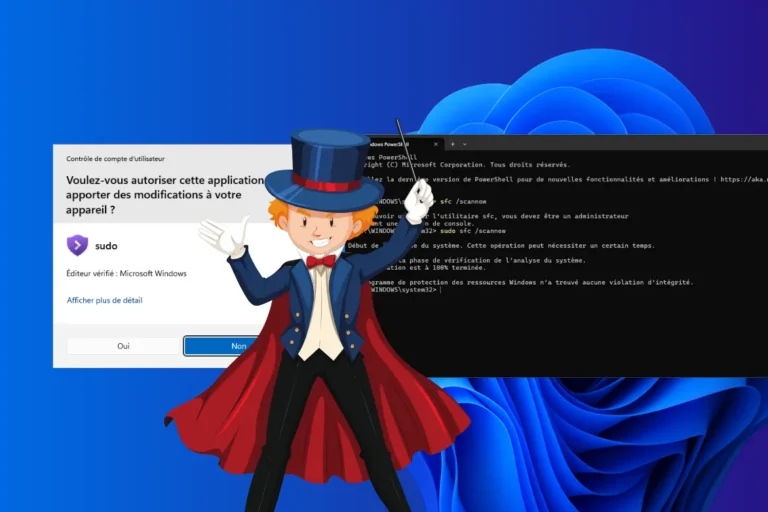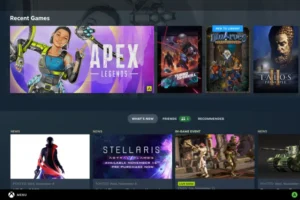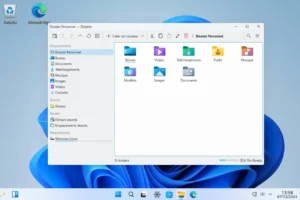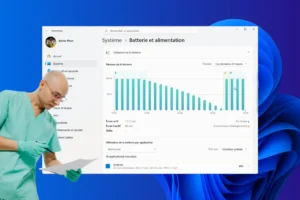For the first time in its history, Linux has exceeded 5% desktop market share in the USA, according to data published by StatCounter in June 2025. A modest figure on the surface, but a significant one for a system that has long remained marginal outside servers and specialized environments. This symbolic milestone underlines the continuing progress of the Linux ecosystem, driven by technical, cultural and strategic factors.
Linux breaks the 5% desktop market share barrier in the U.S.
- Linux exceeds 5% desktop market share in the USA
- The reasons behind the rise of Linux on the desktop
- Linux still marginal despite growth on desktop in the USA
- The slow rise of Linux on the desktop: what you need to know
Linux exceeds 5% desktop market share in the USA
In July 2025, Linux will break the 5% market share barrier for the first time on desktops in the USA, according to data from StatCounter. The exact figure announced is 5.01%, an all-time record for an operating system that has long remained on the bangs of this segment.
In detail :
- Windows remains ultra-dominant, with 64.23% of the US desktop market.
- macOS (all versions) reaches 15.85%.
- Chrome OS stabilized at 2.14%.
- The “Unknown/Other” category represents around 5.25%.
Worldwide, Linux now represents around 4.1% of the desktop market, compared with 3.2% a year earlier. Growth remains steady, but is more marked in the U.S., where there is a clear revival of interest in open systems in technical circles, education, software development and, increasingly, among advanced users looking for alternatives to Windows 11.
The reasons behind the rise of Linux on the desktop
Linux’s rise to over 5% desktop market share in the United States can be explained by a convergence of technical and strategic factors. Modern distributions such as Mint, Ubuntu, Fedora or Manjaro have gained in maturity: simplified installation, polished interfaces, broad hardware compatibility. Linux is no longer reserved for the initiated, but is becoming usable on a daily basis, even by non-technical profiles.
On the consumer side, the Steam Deck was the catalyst. With Proton, Valve has demonstrated that it is now possible to play Windows titles on Linux with good performance. A new generation of users is discovering a free, high-performance and viable gaming environment.
At the same time, Microsoft’s strategic choices worked against Windows 11. The exclusion of many machines, hardware restrictions (TPM 2.0, Secure Boot) and the rise of connected functionalities have reinforced mistrust. As the end of Windows 10 support approaches (October 2025), many are looking for a stable, future-proof alternative.
Linux is also benefiting from a favorable context in terms of digital sovereignty. In a world saturated with data collection and closed-source software, open source is regaining its appeal. What’s more, in technical circles (development, cloud, DevOps) Linux has become a standard, and more and more professionals are choosing to stick with it on their main machine.
Linux still marginal despite growth on desktop in the USA
Passing 5% market share in the United States is a historic milestone for Linux, but its immediate impact should not be overestimated. In pure desktop use, Linux is still largely in the minority, far behind Windows and outstripped by macOS.
Several structural obstacles explain this slow progress. Firstly, the absence or complexity of certain proprietary software remains an obstacle (in the fields of design, advanced office automation or certain professional games).
Added to this are the ingrained habits of users who are reluctant to change their environment and have little exposure to Linux through the traditional sales channel. The fact that few manufacturers offer Linux machines as OEMs also limits its spread outside technical circles.
Today, this symbolic milestone is essentially American. Worldwide, Linux hovers around 4%, a respectable but still modest figure. It will take time, education and greater commercial exposure for this trend to become structural and global.
The slow rise of Linux on the desktop: what you need to know
With over 5% of the U.S. desktop market, Linux has passed a symbolic milestone, testifying to its steady progress and its slow but sure foothold in consumer usage. This figure validates the constant efforts of the open source community and distribution publishers to make the OS more accessible, more stable and better adapted to today’s uses.
Even so, Linux is still a marginal choice on a global scale, confronted as it is by well-known obstacles: lack of proprietary software, inertia of habits, lack of commercial visibility. But things are changing, and the momentum is building.
